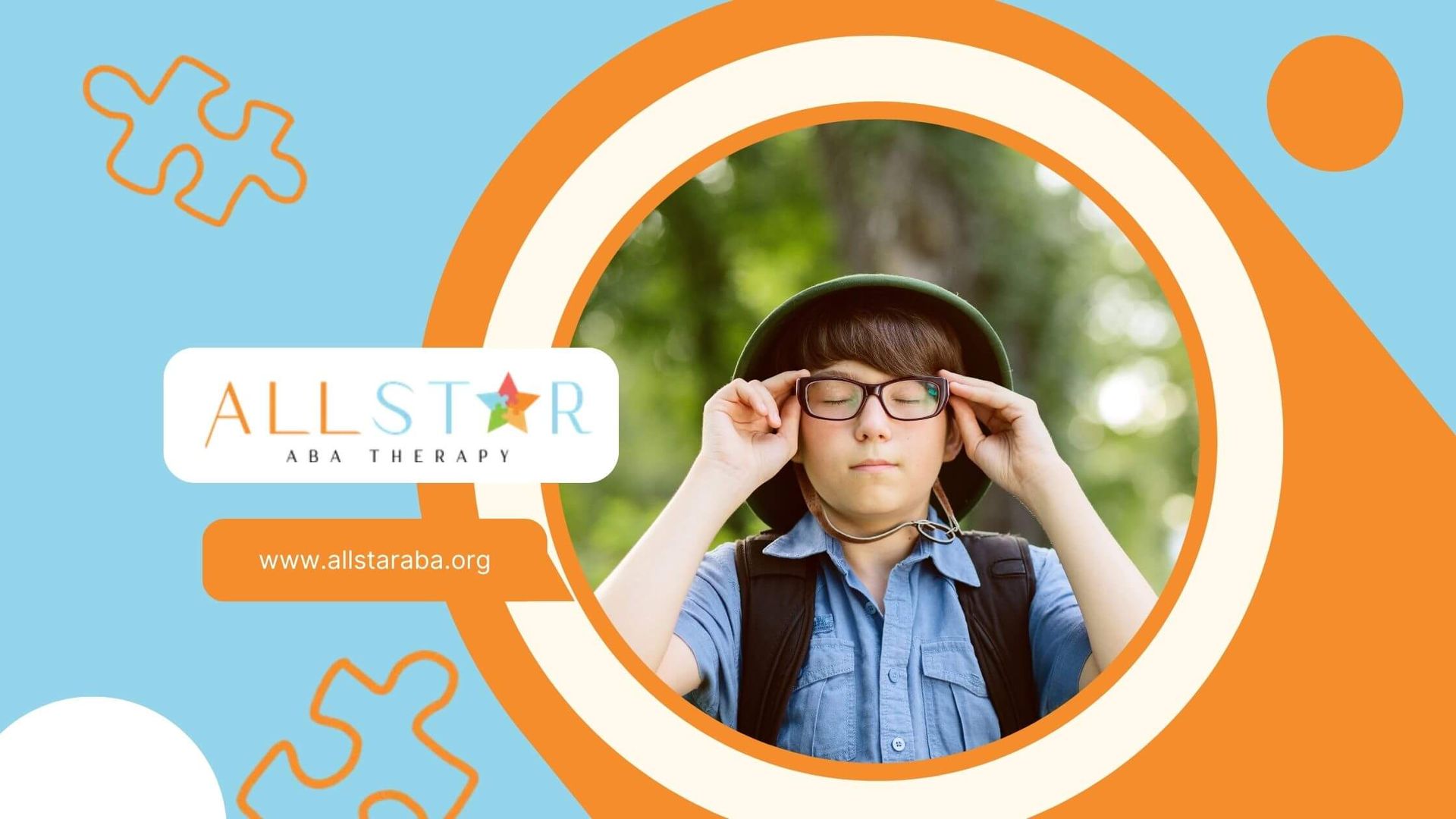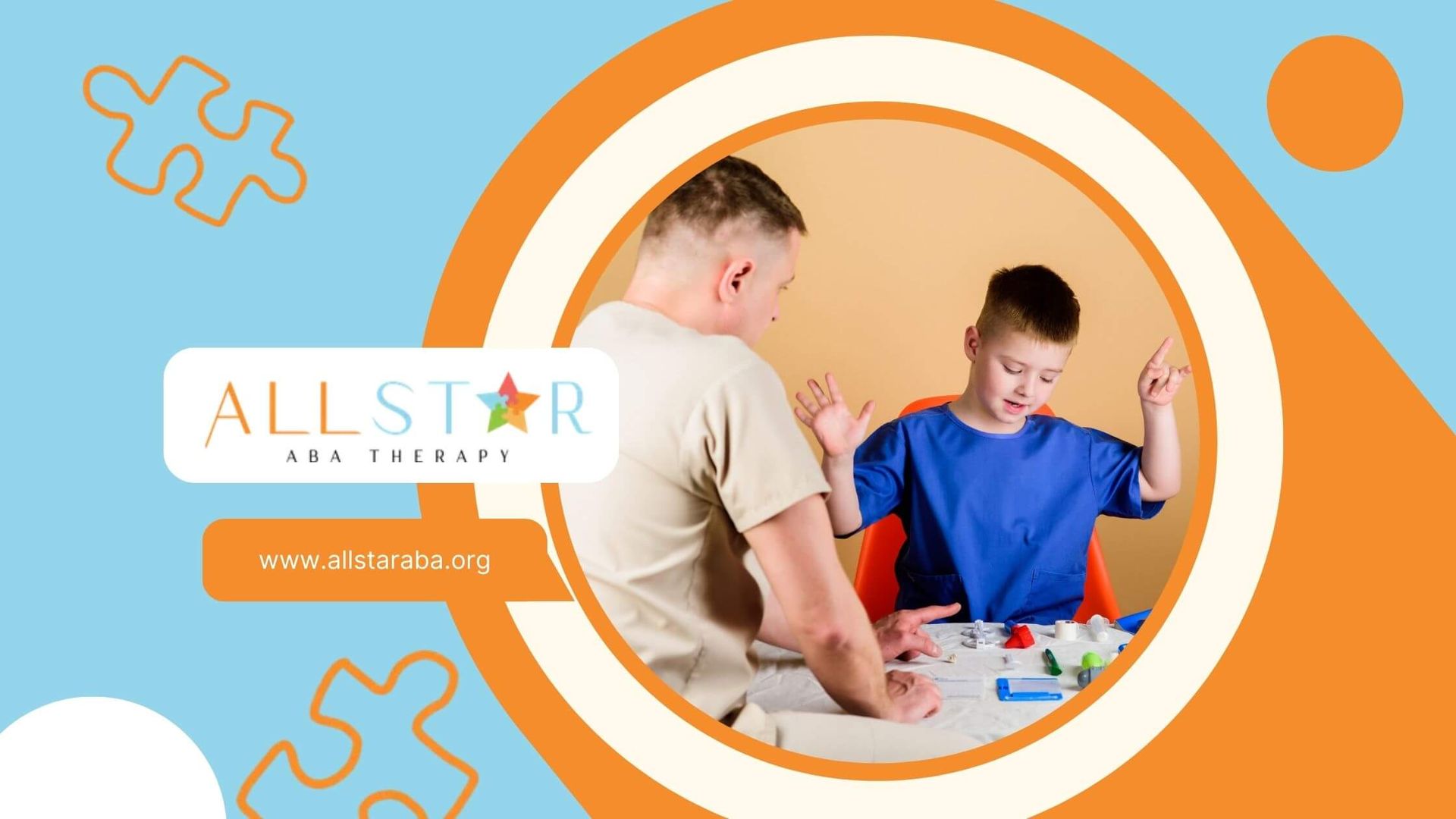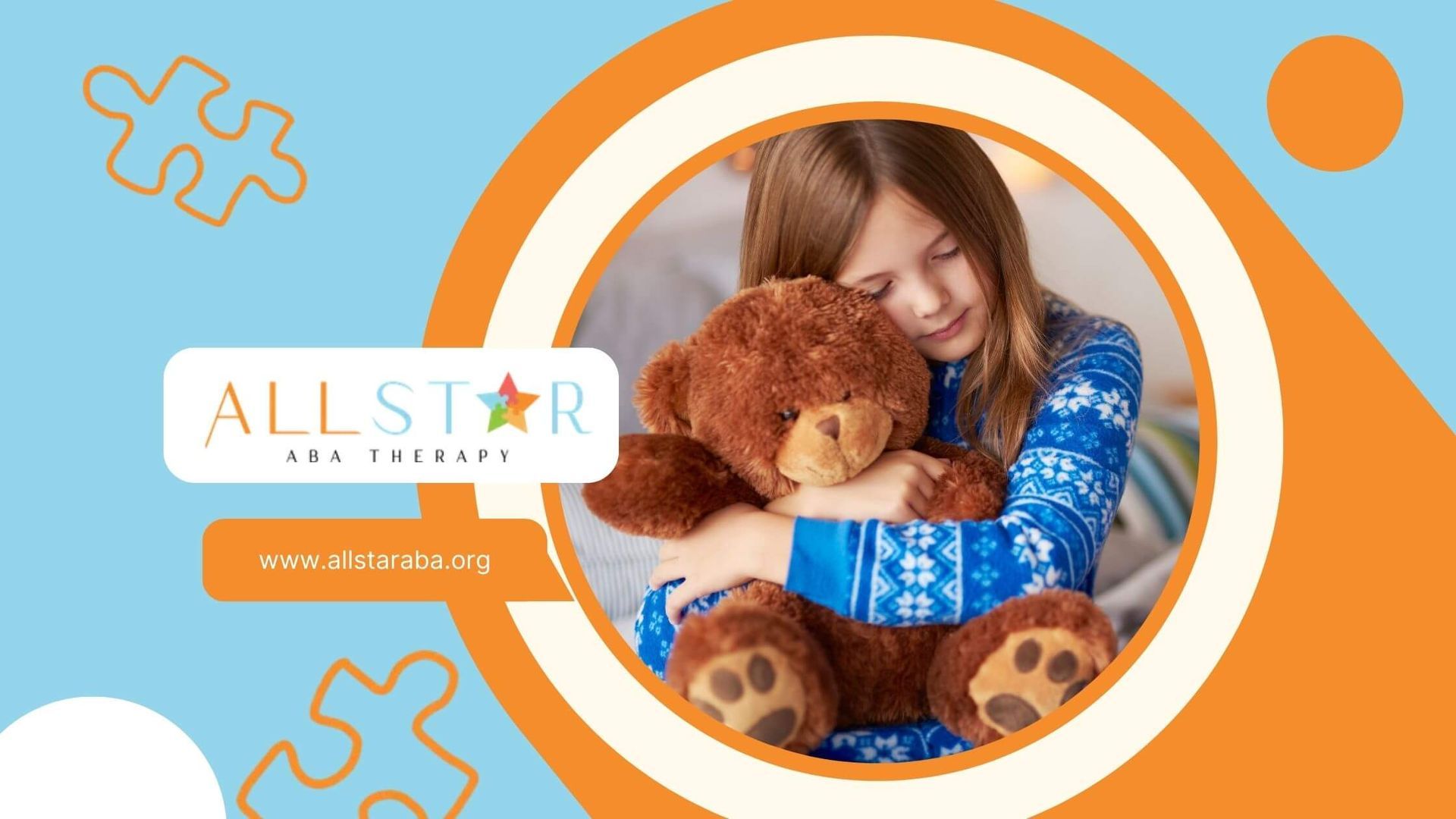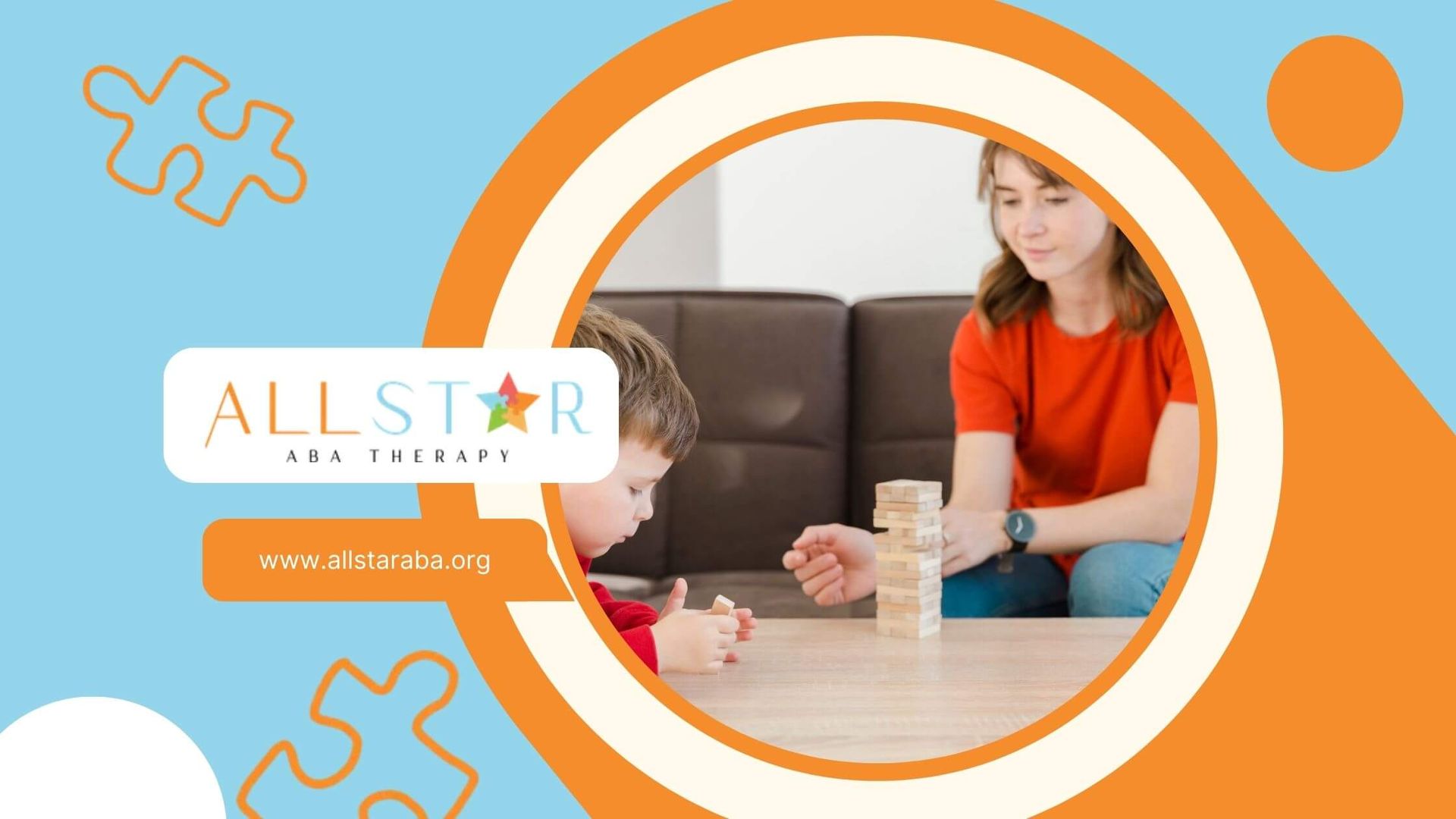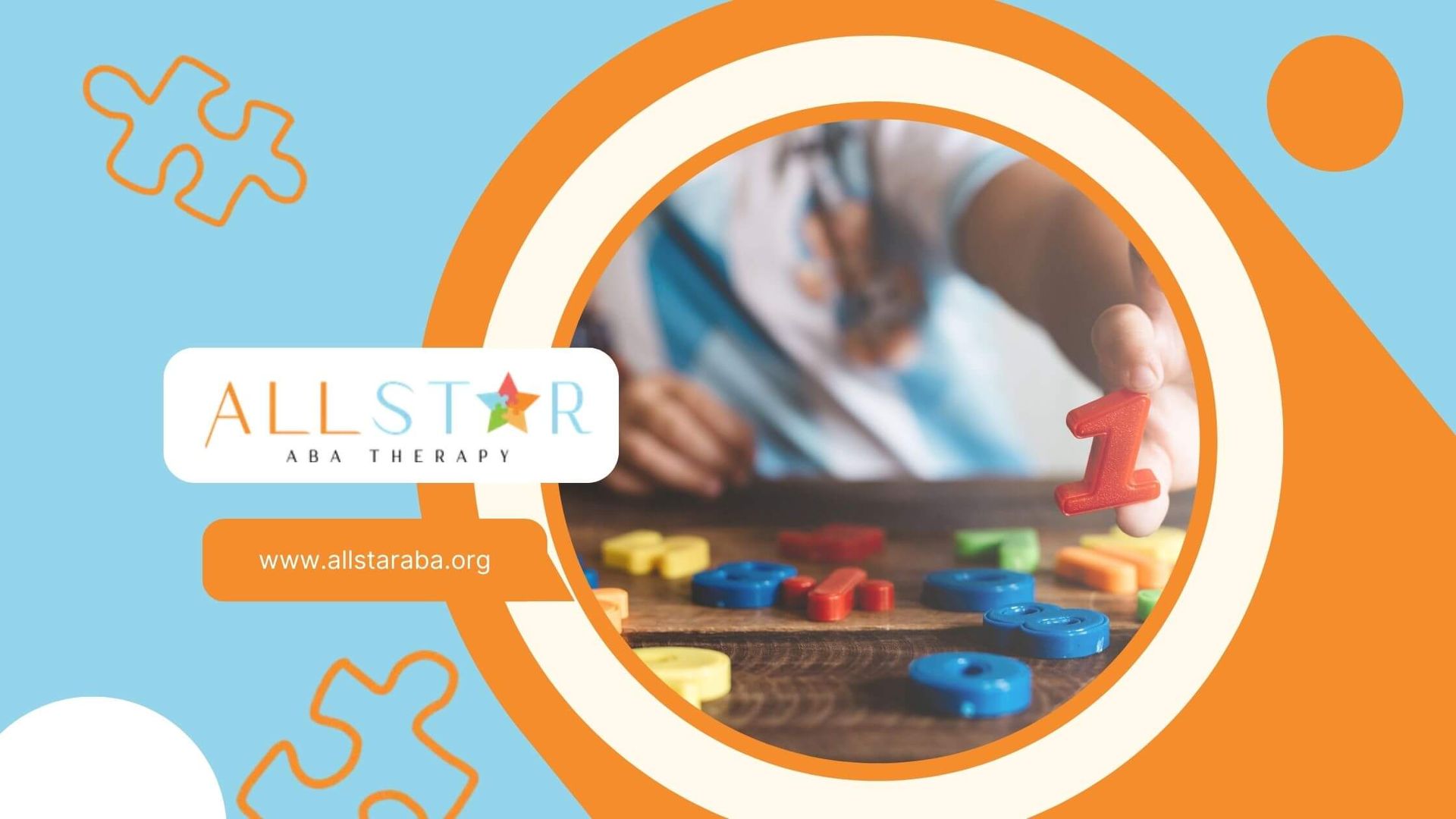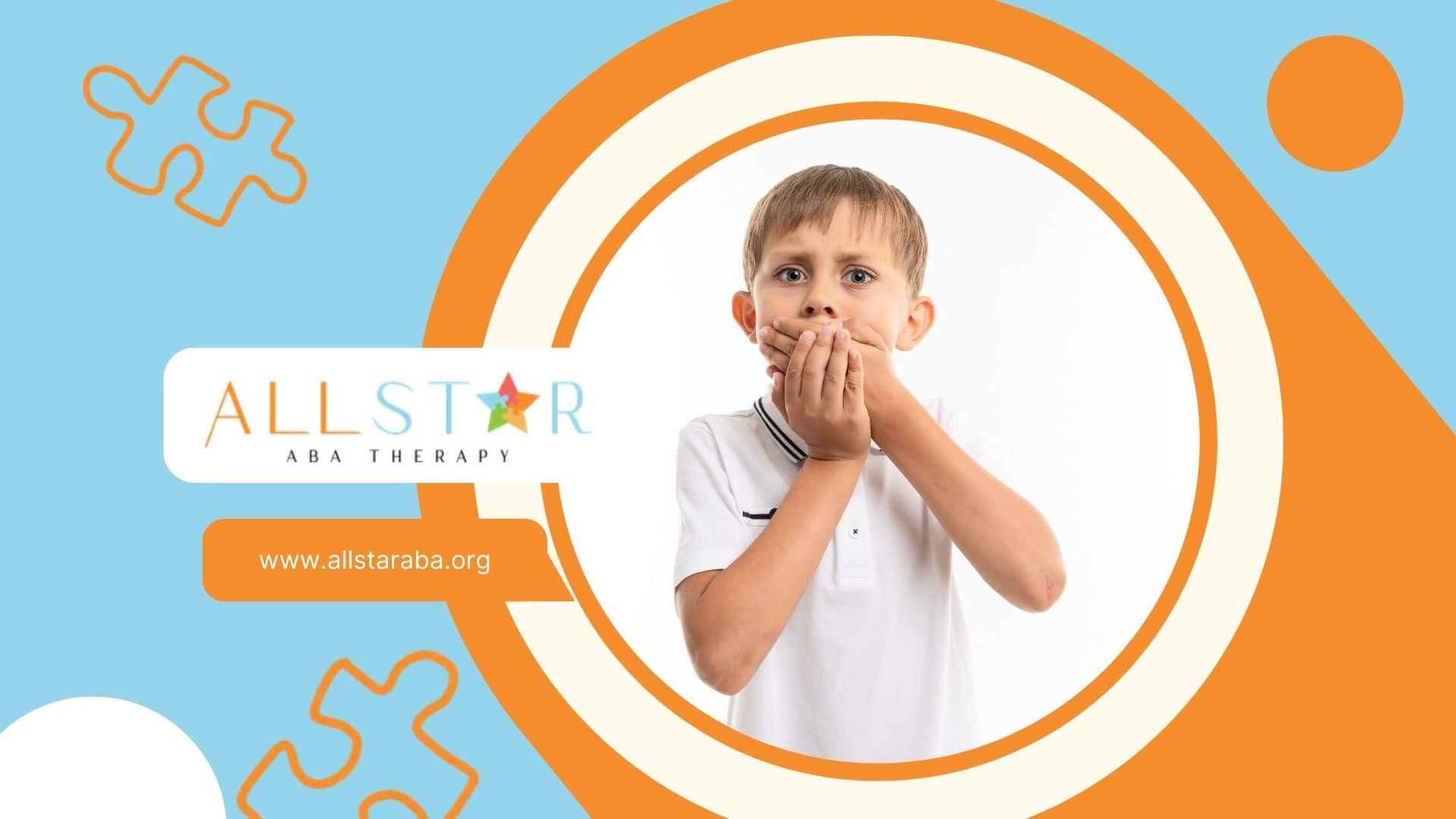New Paragraph
Genetics and Autism: Does it Skip a Generation?
Autism Spectrum Disorder (ASD) is a complicated brain development disorder. It is shaped by a mix of genetic background and environmental factors. People with ASD often face difficulties in social interaction, and communication, and may show repetitive behaviors. It’s important to understand the genetic side of autism. This helps us know how it can be passed down from parents to children. In this exploration, we will look at how genetics relates to autism spectrum disorders. We will clear up some common misunderstandings and show just how tricky this disorder can be.
Exploring the Genetic Links of Autism
The question of whether autism is genetic is complex. Research shows clear evidence that there is a strong genetic component in autism development. Many studies, especially those on twins and families with ASD, highlight the importance of genetic factors.
Still, this does not mean that autism follows a straightforward inheritance pattern. There isn't just one gene deciding if autism is present or not. It's important to keep in mind that while genetic factors matter a lot, environmental factors also play a role in the development of autism.
Defining Autism Spectrum Disorder (ASD)
Autism Spectrum Disorder (ASD) is a type of neurodevelopmental disorder. It shows up in how individuals interact socially, and communicate, and may lead to repetitive behaviors. Studies show there is a strong genetic component to ASD. This means that genes play a big role in its development. Environmental factors also add to the risk of autism. These factors work together with a person’s genetic traits. The way these genetic variations and environmental influences interact is complex. This complexity makes ASD unique for each person, with different signs and levels of severity.
The Role of Genetics in Autism
The heritability of autism is clear from many studies. Twin studies show that identical twins have a much higher rate of autism than fraternal twins. This difference indicates that genetic factors are important in developing autism.
Finding the exact percentage of heritability is tough. This is because different studies use different methods and look at various groups. However, most estimates range from 50% to 80%. These numbers show that genetic factors largely increase the risk of autism.
Even with a strong genetic component, it’s important to remember there’s more to the story. Environmental influences also matter. The mix of these two aspects affects a person's chance of having ASD.
The Science Behind Autism and Genetics
Scientists have made significant progress in finding the genetic links to autism spectrum disorder (ASD). They do this through large studies like the Autism Genome Project and Genome-Wide Association Studies (GWAS). These studies help researchers find genetic changes and mutations that are more common in people with ASD. This work is important for understanding the complex connections involved.
While researchers still have not found just one "autism gene," they have found several genes and DNA areas that are closely linked to the risk of autism. Many of these genes play a role in brain development, how brain cells communicate, and other key processes that are important for normal brain growth.
How Genes Contribute to Autism
Researchers have not found one single gene that causes autism spectrum disorder (ASD) in every case. However, they have noticed specific genetic variations and mutations that are more common in people with the disorder. These differences can affect how our brains grow and work, which may raise the chances of developing autism.
It's key to remember that all of us have small differences in our genetic code. Most of these genetic variations do not cause health issues. However, some can disturb normal body processes. In the case of ASD, these could influence how neurons develop and work, leading to changes in brain wiring and communication.
Also, it's worth mentioning that these genetic variations don't always come from parents. De novo mutations, which are sudden changes in a gene, can happen when sperm or egg cells are made. These mutations are important in some autism cases, especially when there is no history in the family.
Major Genetic Studies on Autism
Several large-scale research initiatives have significantly advanced our understanding of the genetic basis of ASD. By analyzing genetic data from thousands of individuals with and without autism, scientists have made groundbreaking discoveries, paving the way for targeted therapies and interventions.
| Study Type | Description | Key Findings |
|---|---|---|
| Twin Studies | Compare the occurrence of autism in identical (monozygotic) and fraternal (dizygotic) twins | Demonstrates higher concordance rates in identical twins, indicating a strong genetic influence |
| Autism Genome Project (AGP) | Aims to identify and understand the genes involved in autism susceptibility | Identified numerous candidate genes and genomic regions associated with ASD risk |
| Genome-Wide Association Studies (GWAS) | Investigate the entire genome to find genetic variations associated with particular traits or diseases | Pinpointed specific genetic markers and variants linked to an increased likelihood of developing autism |
These and other ongoing research efforts continue to provide valuable insights into the complex interplay between genetics and ASD.
Family Patterns and Autism Spectrum Disorder
Tracing autism through generations shows important patterns. When one person in a family has ASD, other family members might also be affected. This highlights a possible genetic link. However, the way this link works is not straightforward. It does not mean that people simply inherit specific genes. Instead, it indicates a complicated way of passing traits down.
Many genes and environmental influences play a role. This combination makes each person's risk different, even among family members. Studying these patterns helps researchers learn how ASD passes through families. This can lead to better risk assessments and early intervention strategies.
Autism in First-Degree Relatives
Looking at how often autism appears in first-degree relatives, like siblings or children of those with ASD, gives important clues about its heredity. Research shows that siblings have a higher likelihood of being diagnosed with autism than people in the general population.
This chance, known as sibling recurrence risk, highlights the importance of genetic factors. Even though the exact statistics may differ from one study to another, it's clear that autism occurs more often in families. Fraternal twins, who share about 50% of their genetic material, also show a higher rate of autism than unrelated people, further proving the link to genetics.
However, we must remember that not all siblings will get ASD, even if they share genes. Environmental factors and personal influences also play a role in developing the condition.
Does Autism Really Skip Generations?
The idea that autism "skips" generations is not true. A family might not see any autism diagnosis for many years, but the genetic risk for it can still exist and be passed down. Autism involves many genes, each adding a bit to the risk.
Someone might have these risk genes but not show signs of autism themselves. They could still pass these genes to their kids. If those kids are faced with other genetic or environmental factors, it could lead to them developing autism. This might make it look like autism "skipped" a generation.
So, if a family member from a past generation did not have an autism diagnosis, it doesn't mean there is no genetic risk now. Knowing this complicated pattern of inheritance is important for families to understand their own risk factors.
Understanding Genetic Mutations and Autism
Genetic mutations are changes in our DNA. These changes can sometimes affect how certain conditions happen, like autism. Most mutations do not cause any harm. However, some can affect how our genes work, which may lead to differences in how our bodies develop or work.
When it comes to autism, certain mutations have been connected to a greater chance of getting the disorder. Researchers are always trying to find and study these mutations. This helps us get a better understanding of the genetic factors that are related to ASD.
Understanding the genetic factors associated with autism can be complex. If you have questions or concerns about family history and the potential for autism in future generations, consider consulting with autism therapists near you. They can provide valuable information, answer your questions, and offer guidance on navigating these complex issues.
Types of Genetic Mutations Linked to Autism
As we learn more about the human genome, we can find genetic mutations related to autism spectrum disorder (ASD) better. These mutations can be small changes in a single gene or larger changes in parts of chromosomes. Research shows that certain types of mutations are more common in people with autism.
One of the most studied types is copy number variations (CNVs). CNVs happen when there are deletions or additions of DNA segments. This means there are too many or too few copies of some genes. These changes can greatly affect how genes work and are linked to several developmental disorders, including ASD.
Also, rare mutations in certain genes are connected to autism. Although these mutations happen less often, they tend to have a stronger effect on how genes function. This can raise the chances of developing ASD.
The Impact of De Novo Mutations
Many genetic changes come from our parents, but there are also de novo mutations. These are new mutations that happen by chance when egg or sperm cells are made. They are not found in the parent's DNA and are important for the genetic risk of autism.
De novo mutations are especially important when a child has autism but there is no family history of it. Researchers believe these new genetic changes make up a large part of autism cases. This shows how complex and unpredictable genetic inheritance can be.
Moreover, the types and places where de novo mutations happen can be very different. This leads to a wide range of genetic causes for autism spectrum disorder (ASD). Knowing about these changes is vital for improving genetic testing and counseling for families.
The Heritability of Autism
The heritability of autism describes how much of the differences in autism development comes from genes. Many studies show that genetics have a big role in autism. Estimates show that heritability is between 50% and 80%, which means genes strongly affect a person's chances of having ASD.
But it's important to know that heritability doesn't mean that genes are the only cause. Environmental factors also matter a lot. The development of autism is shaped by a complex interplay between both genetic factors and environmental factors.
Estimating Autism's Heritability
Estimating how much autism is inherited is tricky. This is because autism is a complex neurodevelopmental disorder. Researchers use different methods like twin studies and family studies to figure out how much of the differences in autism are due to genetic factors.
Twin studies are helpful as they look at how often both twins have autism. They compare identical twins, who share all their DNA, with fraternal twins, who share some. The much higher rate of both identical twins having autism suggests that genes play a strong role in autism.
Still, it's hard to pinpoint an exact heritability estimate for autism. There are many genetic variants, and each one has a small impact. Also, environmental factors add to this complexity. This is why different studies show a wide range of heritability estimates for autism.
Sibling Recurrence Risk Factors
Understanding the risk of autism in families is important for parents and healthcare providers. Sibling recurrence risk is about the chance of a sibling getting autism when another sibling already has a diagnosis of ASD. Studies show that siblings have a higher risk of autism compared to other children, highlighting the role of genetics in developing autism.
Fraternal twins, who share about 50% of their genetic material, also have a higher chance of both developing autism than unrelated individuals. This fact supports the idea that genetics greatly impacts autism's development.
Several factors can affect the risk of siblings developing autism. These include the family's specific genetic makeup, the presence of other neurodevelopmental issues, and environmental influences. Knowing these risks helps families make better choices about family planning and early intervention strategies.
Environmental vs. Genetic Factors
The genetic reasons for autism are clear, but the environment also plays a role in its development. Environmental influences can include things that happen before birth. This may involve maternal infections or exposure to certain medicines. After birth, factors like toxins in the environment or experiences in early childhood can also matter.
Scientists are looking closely at the complex interplay between genes and the environment. They want to figure out how these influences work together to cause autism spectrum disorder (ASD). Understanding this connection is important. It can help in creating better prevention and intervention plans.
Environmental Influences on Autism Development
Genetic predisposition is important in autism. However, research shows that environmental factors also affect its development. These factors can work with genetic issues and may raise the chance of someone developing autism spectrum disorder (ASD).
Some prenatal environmental factors that might raise the risk of autism are maternal infections during pregnancy. This includes diseases like rubella or influenza. Also, exposure to certain medications, like valproic acid, is a concern. Problems during pregnancy or birth, such as being born too early or having a low birth weight, are also linked to higher rates of autism.
After birth, various environmental influences come into play. This includes being around toxins, such as pesticides or heavy metals. Early childhood experiences, like a lack of social interaction, can also be significant. The specific ways these environmental factors affect autism are still being studied.
The Interplay Between Environment and Genetics
To understand autism, we need to think about how genes and the environment work together. This mix is not just a simple cause-and-effect. It affects how likely someone is to get autism spectrum disorder (ASD). While genes set the stage, the environment can change how those genes work.
Research shows that certain environmental factors may trigger autism. These factors can interact with specific genes, increasing the risk for autism. For example, being around certain toxins at key times may harm brain development in people with weak genetic traits, raising their chance of developing ASD.
Looking deeper into this mix is crucial for creating personalized treatment plans. If we know how different environmental factors affect various genetic backgrounds, we can make targeted strategies. These strategies can help lower the risk and improve life for individuals with ASD.
Advanced Parental Age and Autism Risk
The causes of autism are complicated. However, studies have found some connection between older parents at the time of having a baby and a higher risk of autism in their children. This connection is stronger when fathers are older, which might mean that changes in sperm as men age could play a part.
This link does not prove a direct cause-and-effect relationship, and the overall increase in risk is still small. Still, it is important to understand this potential risk for planning a family. More research is needed to help us learn more about how this works and what it means for families.
Research Findings on Parental Age
Research in the last few decades has found a possible link between older fathers and a slightly higher chance of autism in their kids. This connection doesn't prove that age causes autism, but studies have shown that each year an older father gets, the risk of autism can go up a little.
Many scientists are looking into why this might happen. One idea is that older men may have sperm that have more genetic mutations. Some of these mutations could raise the risk of autism in their children.
It is important to note that the overall increase in autism risk from older fathers is still small. However, understanding this possible link can help families make better choices and can lead to more research on why this happens.
Implications for Potential Parents
The link between older parents and autism risk shows why genetic counseling is important for parents-to-be. While the overall chance of risk is low, knowing the specific risk factors and talking to a genetic counselor can help with family planning choices.
Genetic counseling creates a safe space to talk about family history, test options, and other risk factors linked to conditions like autism. This helps potential parents gain the knowledge they need to make informed family planning decisions.
It's important to understand that older parental age is only one factor that may affect autism risk. Genetic counseling looks at many factors, like family history, genetic condition carrier status, and other environmental influences, to give personalized risk assessments.
The Future of Genetic Research in Autism
The study of autism genetics is growing fast. New research is helping us understand this complex neurodevelopmental disorder better. Scientists are working hard to find new genes and genetic variations linked to autism. They are also looking at how genes and the environment interact. This work aims to create targeted treatments based on a person's genetics.
These developments are very hopeful for bettering the lives of people with autism and their families. As we learn more, we can expect more personalized care, better ways to diagnose autism, and a future where support is customized to each person's unique genetic profile.
Recent Breakthroughs in Autism Genetics
Recent advances in autism genetics have helped us understand this complex condition much better. New technologies, along with big team efforts, have allowed researchers to find many genes and genetic pathways related to autism spectrum disorder (ASD).
One major area of progress is de novo mutations. These are sudden genetic changes that can happen when sperm or egg cells are formed. Research shows these mutations may be a big part of many autism cases, especially in families that didn’t have a history of the disorder.
In addition, scientists are looking at how genetics and environmental factors work together. They highlight how certain environmental factors can interact with genetic weaknesses to affect autism risk. These findings open doors for creating specific treatments and personalized prevention plans.
Potential for Personalized Medicine in ASD
Advancements in autism genetics have opened new doors for personalized medicine. This means there is hope for treatments designed for each person's unique genes. Genetic testing is still developing, but it can give helpful information about a person's genetic risk factors. This may help in making treatment choices.
As we learn more about the genes linked to autism, we can imagine a future where genetic testing is very important for spotting autism early and acting on it. By finding specific genetic profiles tied to different types of autism, healthcare providers can adjust treatments and services to meet each person's unique needs.
To make the most of personalized medicine for Autism Spectrum Disorder (ASD), we need ongoing research. We also need better technologies for genetic testing. Geneticists, doctors, and families need to work together to create proper and effective interventions.
Conclusion
In conclusion, the connection between genetics and autism shows how complex this condition is. Genetic factors are very important in the development of autism spectrum disorder (ASD). However, the effect of environmental influences adds more to our understanding. Research on genetic mutations, how traits are passed down, and family patterns is giving us new information about ASD. The future is bright for personalized medicine and specific treatments based on advances in genetic research. Learning about these genetic links helps families and individuals affected by autism. It gives them hope for better support and focused treatments. For more information on genetics and autism, check our Frequently Asked Questions section.
Frequently Asked Questions
Can autism directly pass from parent to child without skipping generations?
Autism spectrum disorder does not have a clear way of being passed down. However, a parent who does not have the disorder can still carry and pass on genetic risk factors to their kids.
Are siblings of an autistic child at higher risk?
Siblings of an autistic child are more likely to have ASD than people in the general population. This shows how important it is to consider sibling recurrence risk factors in autism cases.
How do spontaneous mutations affect autism risk?
Spontaneous mutations, which are also called de novo mutations, can raise the genetic risk of autism and other conditions that affect brain development. This includes intellectual disability. This increase can happen even if there is no family history of the disorder.
Need Support?
We're Here to Help!
Our experienced team is ready to assist you. Reach out today to discuss how we can support your child's development and well-being.
Get started with expert ABA therapy today.



